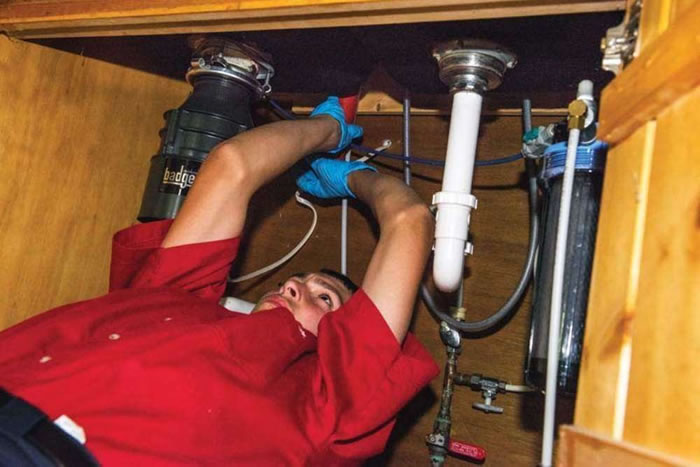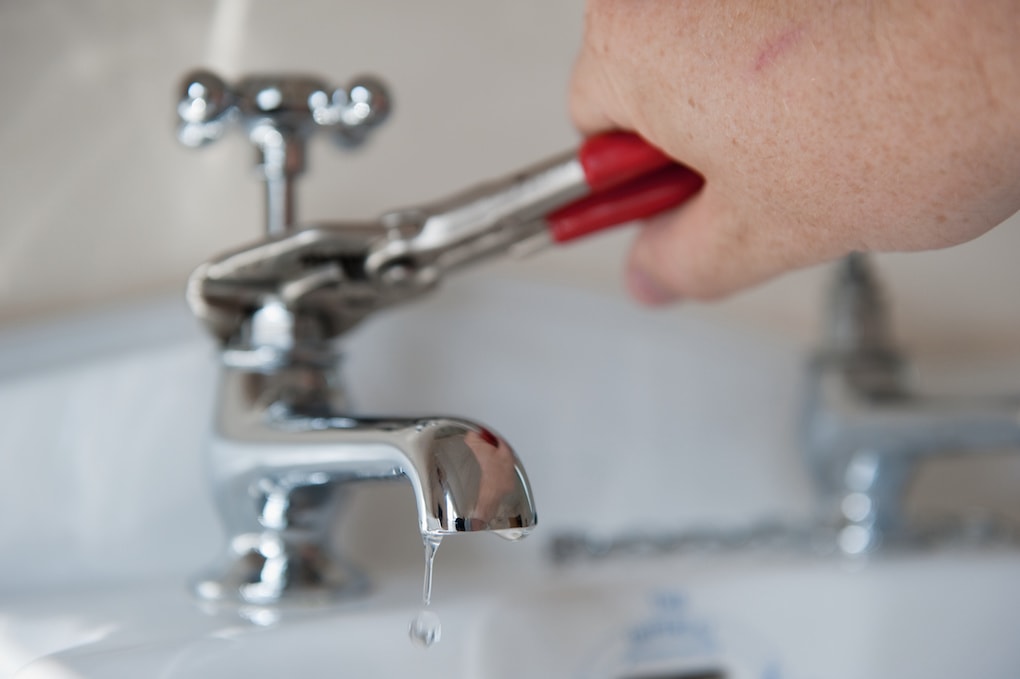How do you really feel with regards to 10 Reasons for Low Water Pressure in Your House?

Low tide pressure in your house can be an aggravating problem, affecting everything from showering to cleaning recipes. If you're experiencing weak water flow, there are numerous possible reasons and remedies to explore. In this overview, we'll go over typical factors for low tide stress and sensible steps to resolve the concern properly.
Introduction to Low Water Pressure
Low water pressure happens when the circulation of water from your taps, showers, and other fixtures is weak than typical. This can make daily tasks much more challenging and much less efficient. Comprehending the reasons for low tide pressure is essential to locating the best option.
Typical Reasons For Low Tide Pressure
Pipeline Obstructions
Gradually, pipelines can become blocked with natural resource, debris, or debris, restricting the circulation of water. This is an usual issue in older homes with galvanized steel pipelines.
Corrosion
Deterioration within pipelines can bring about leakages and decreased water pressure. Corrosion accumulation can constrict water circulation, particularly in aging plumbing systems.
Faulty Stress Regulatory Authorities
Pressure regulatory authorities are accountable for keeping constant water stress in your home. If they malfunction, it can cause low water stress or uneven circulation throughout the house.
Metropolitan Water Issues
Often, the trouble lies outside your home. Local supply of water concerns, such as main line leakages or upkeep work, can briefly minimize water stress in your area.
How to Identify Low Tide Stress
Examining Taps and Components
Start by checking the water pressure at various faucets and components throughout your home. If the problem is separated to certain locations, it may indicate local issues.
Checking Pipes
Inspect noticeable pipes for signs of leakages, rust, or blockages. Pay attention to any kind of unusual audios, such as banging or rattling pipelines, which could indicate concerns within the plumbing system.
Consulting with a Plumber
If you're not able to determine the root cause of low tide pressure, think about hiring an expert plumber to perform a thorough assessment. They can recognize underlying issues and recommend suitable remedies.
Do It Yourself Solutions to Fix Low Tide Stress
Cleansing Aerators and Showerheads
Natural resources can accumulate in aerators and showerheads, decreasing water flow. Eliminate and clean these components on a regular basis to improve water pressure.
Flushing Water Heater
Sediment build-up in the hot water heater can limit flow and decrease performance. Flushing the tank periodically helps eliminate debris and preserve optimum efficiency.
Checking Pressure Regulator
Guarantee that the stress regulator is functioning correctly. Readjusting or replacing the regulatory authority can assist restore appropriate water stress throughout your home.
Clearing Clogs in Piping
For minor obstructions, try utilizing a plumbing serpent or chemical drain cleaner to clear blockages in pipes. Beware when using chemicals and follow safety and security standards.
When to Call a Professional Plumber
If DIY initiatives fall short to deal with the concern or if you think considerable plumbing issues, it's finest to look for aid from a licensed plumber. They have the expertise and tools to attend to complicated problems safely and successfully.
Safety Nets to Keep Water Stress
Routine Maintenance
Arrange routine maintenance for your plumbing system to stop concerns such as rust, leaks, and clogs. Resolving small problems early can assist avoid even more considerable repairs later.
Setting Up a Stress Booster
Consider setting up a stress booster pump to enhance water stress in areas with regularly low flow. This can be specifically useful for multi-story homes or properties with high-demand fixtures.
Surveillance Water Use
Be mindful of water use routines and stay clear of overtaxing the plumbing system. Simple adjustments, such as shocking showers and laundry tons, can aid preserve sufficient water stress.
Final thought
Dealing with low water stress can be frustrating, however recognizing the underlying reasons and executing proper remedies can recover optimum flow throughout your home. Whether it's cleaning aerators, examining pipelines, or seeking advice from a plumber, taking proactive steps can make sure a consistent supply of water for your everyday requirements.
FOUR WAYS TO FIX LOW WATER PRESSURE NOW
Turning on a shower or faucet only to find the water comes out in a sad, slow drizzle is never a good feeling. How exactly are you supposed to wash a pan or take a quick shower when it takes 10 minutes just to rinse off a little soap? The good news is that when your water pressure is bad, there's always a cause: typically one that can be easily fixed. Here are some of the most common causes of low pressure and what you can do to fix the issue:
DEBRIS AND MINERAL DEPOSIT BUILDUPS
If you notice low water pressure from just one or two of the fixtures in your house, the problem likely has to do with debris buildup. Water is full of minerals and other debris, all of which can accumulate in your pipes and on your fixtures. This can cause a blockage that affects how much water flows through. To fix this, try filling a small plastic bag with white vinegar, and use a rubber band to hang it around your showerhead or faucet. Let the head of the fixture soak for a few hours, and the vinegar should loosen the deposits.
WATER LEAKS
Leaks are another common cause of low water pressure. If water is flowing out of your plumbing through a hole or crack before it can reach your fixture, the pressure coming out of the faucet or showerhead will be lower. A plumbing professional is your best bet for finding and repairing a leak in your water supply pipes.
Leaks are another common cause of low water pressure. If water is flowing out of your plumbing through a hole or crack before it can reach your fixture, the pressure coming out of the faucet or showerhead will be lower. A plumbing professional is your best bet for finding and repairing a leak in your water supply pipes.
A VALVE ISSUE
If you have low water pressure throughout your home, check your main shut-off valve to make sure it's completely open. You may also want to see if there's a pressure-reducing valve installed. If there is, have a plumber help you adjust the settings to get the pressure you're looking for.
OTHERS USING WATER
Believe it or not, your low water pressure could be caused by your neighbors. If you notice low pressure at certain times of day, it may be because you and the people living next to you have similar schedules - when everyone is showering at the same time, the pressure will be lower in every home. Low pressure throughout the neighborhood may also be caused by an issue with your municipal water supply. If that's the case, call the supplier to see if they're working on the issue.
https://www.rotorooter.com/blog/water-leaking/low-water-pressure-fixes/

We are very taken with 4 Ways to Troubleshoot Low Water Pressure and I am hoping you appreciated our post. Enjoyed our blog? Please quickly share it. Let someone else find it. I enjoy reading our article about Dealing with Low Water Pressure in Your Home.
Click Here
 Emilio Estevez Then & Now!
Emilio Estevez Then & Now! Kel Mitchell Then & Now!
Kel Mitchell Then & Now! Michael Oliver Then & Now!
Michael Oliver Then & Now! Jaclyn Smith Then & Now!
Jaclyn Smith Then & Now! Lacey Chabert Then & Now!
Lacey Chabert Then & Now!